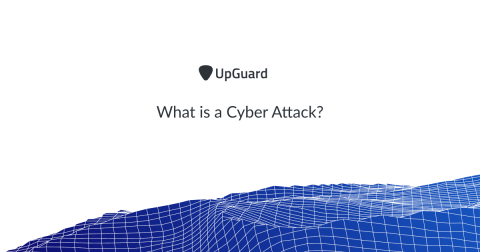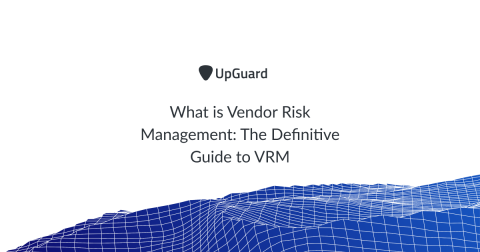A Quick Guide To Visibility And Smarter Monitoring
Companies of all sizes are learning that when it comes to keeping their digital assets safe; being able to monitor what’s going on within their environments makes all the difference. Unfortunately, those same companies have struggled with basic fundamentals such as maintaining accurate asset inventories and deploying the right technology on those assets to gain visibility into their security posture – two components critical to the effectiveness of traditional visibility programs.








